Skip to content
Share
Explore

 Marketing Guide for Live Course Creators
Marketing Guide for Live Course Creators
Marketing Guide for Live Course Creators
We’ve put together this guide to help provide you with strategies and examples as you start thinking about bringing your live course to market. At the end of the day, great course marketing comes down to trust and we'll dive into that in this guide.
Start by setting a launch date and tangible goal:
1. Start building your audience
Important Keys:
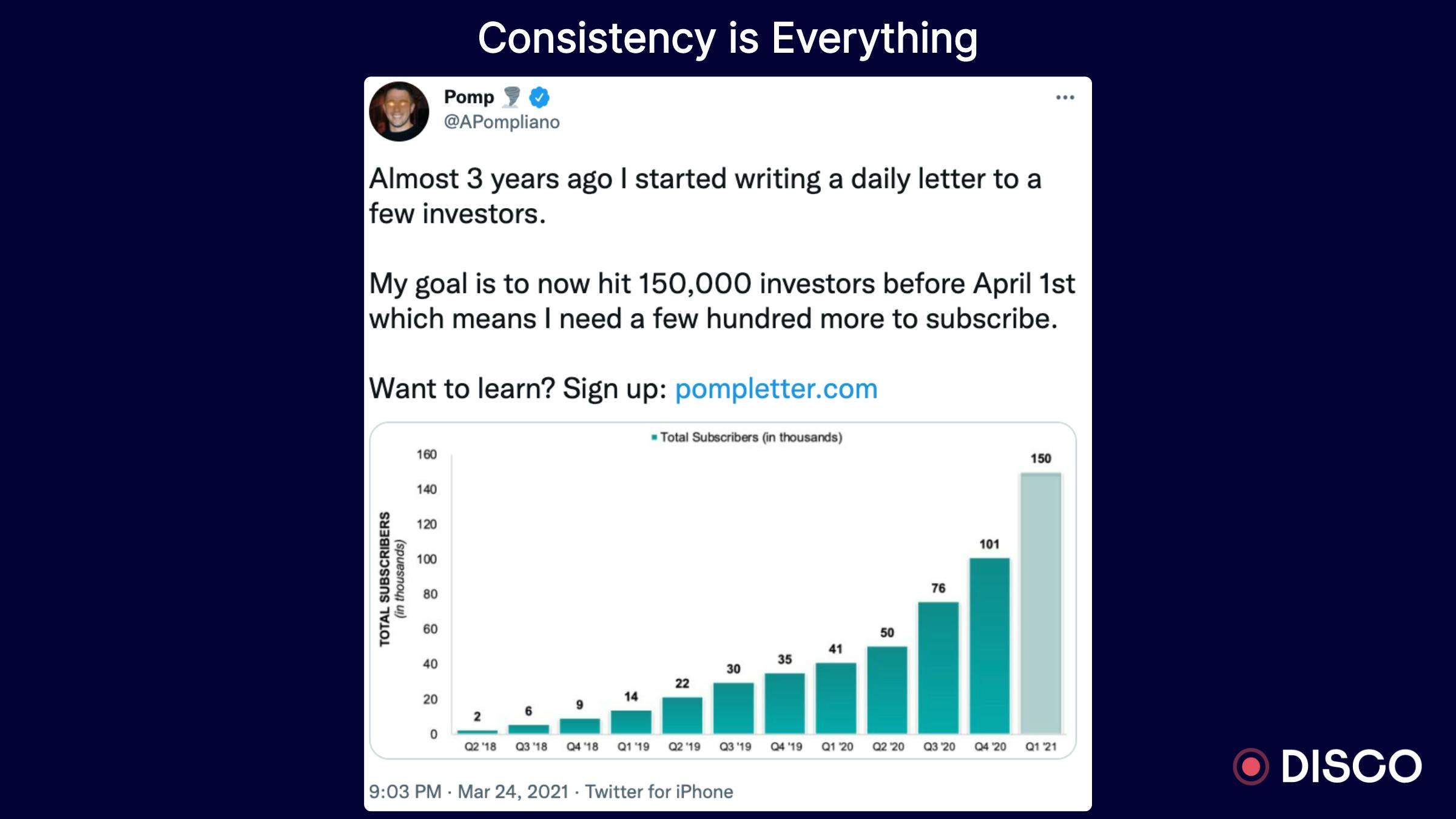
Simple ways to start growing your audience:
Drive social traffic to your site and landing page
Things to consider:
Tip:
Resources:
Tools:
2. Optimize your landing page
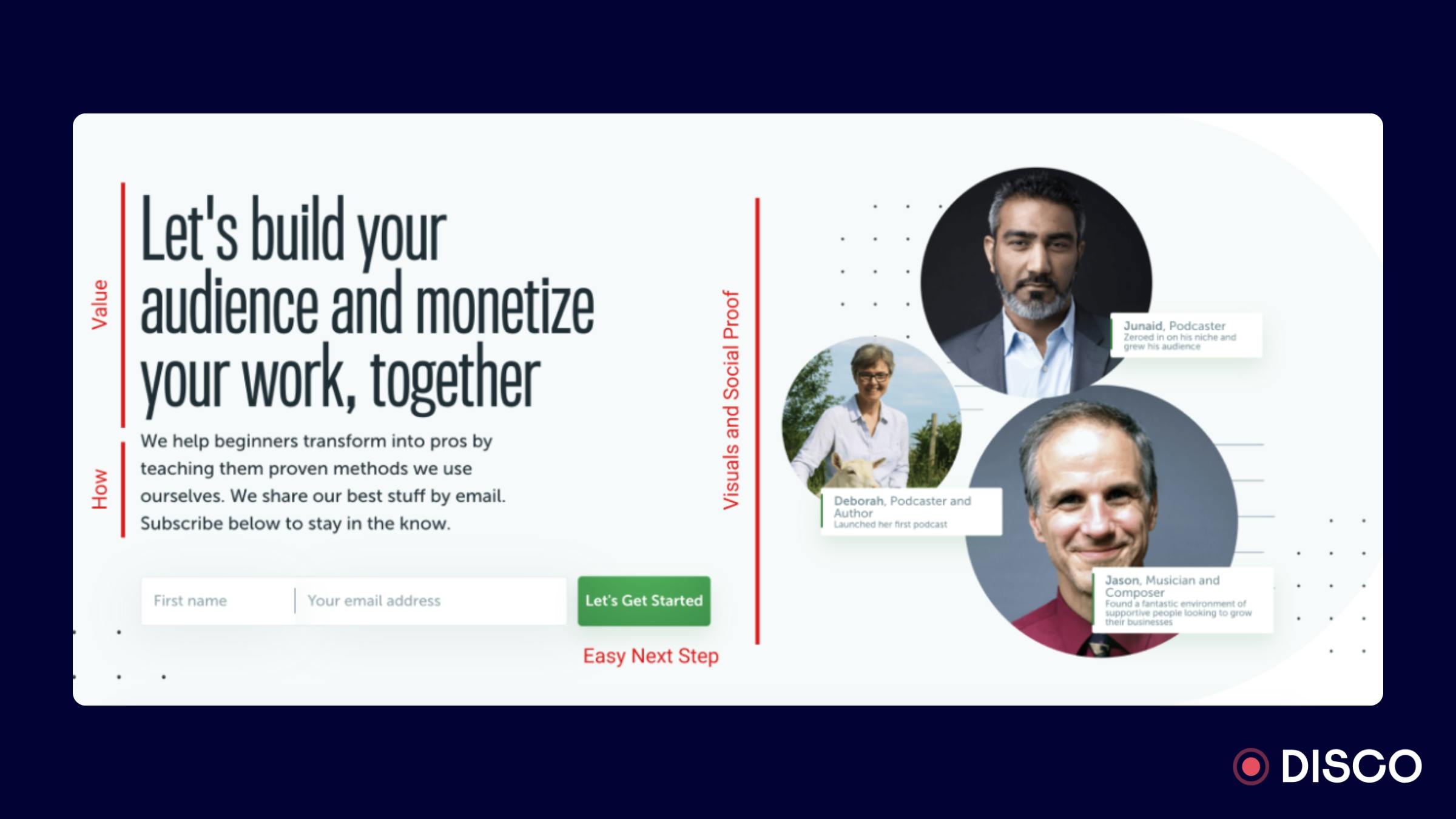

There are two goals for a landing page:
Examples for reference:
Key elements to consider for your landing pages:
Tip:
Resources:
3. Leverage email as your #1 channel
Tools you can leverage:
What types of emails will you need?
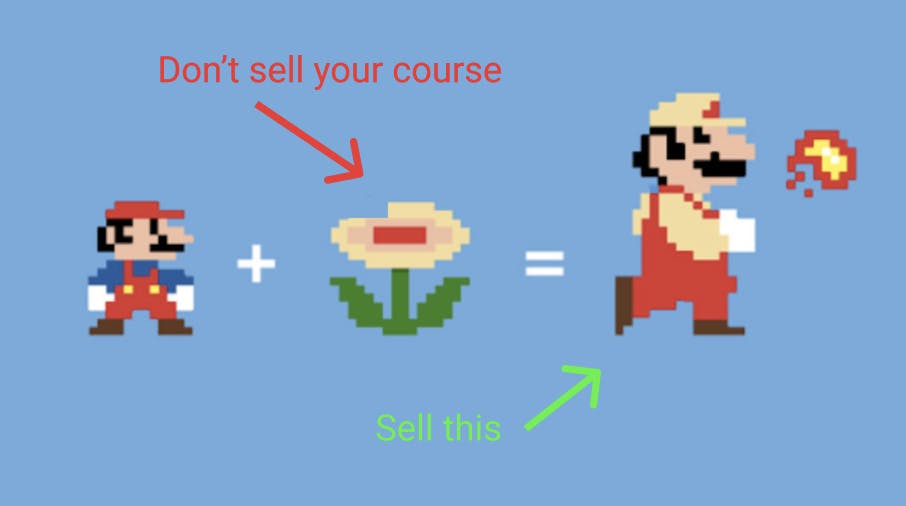
Tip:
Email types for inspiration

Ensure the CTAs for your waitlist and email list are clear.
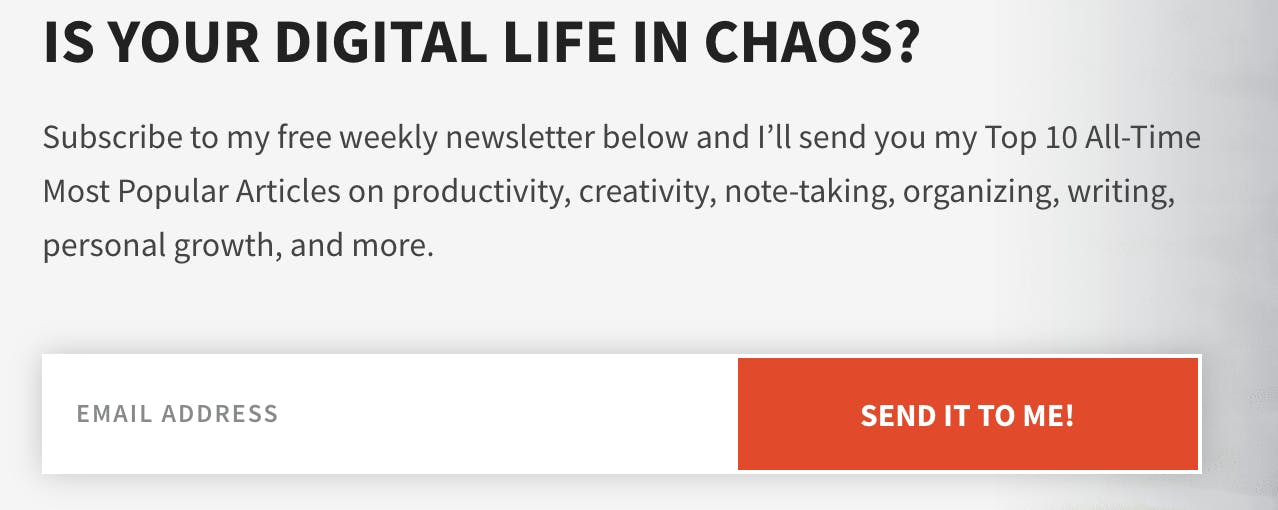


Resources:
4. Find where your audience hangs out
Start with yourself
Look cross-industry to find communities
Keys around posting in different communities:
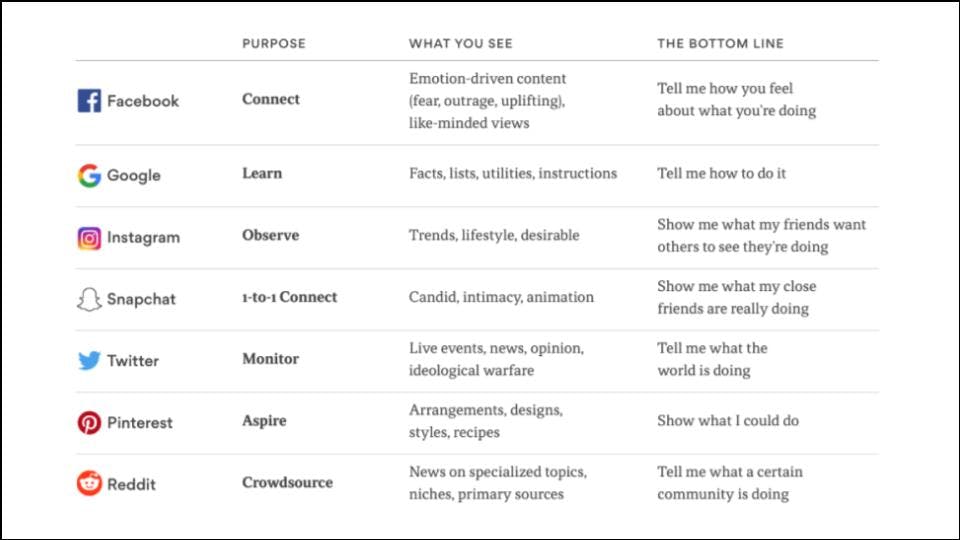
Here are a few different themes you could share in communities:
Things to consider...
Resources for reference:
5. Look for opportunities to cross promote

6. Validate your course in public
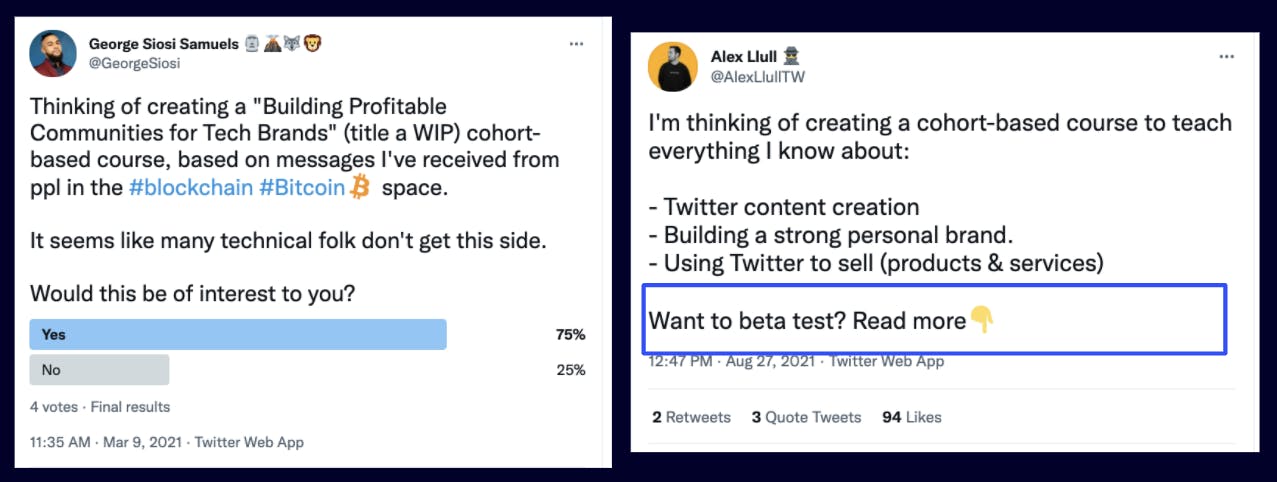
Ideas to start validating:
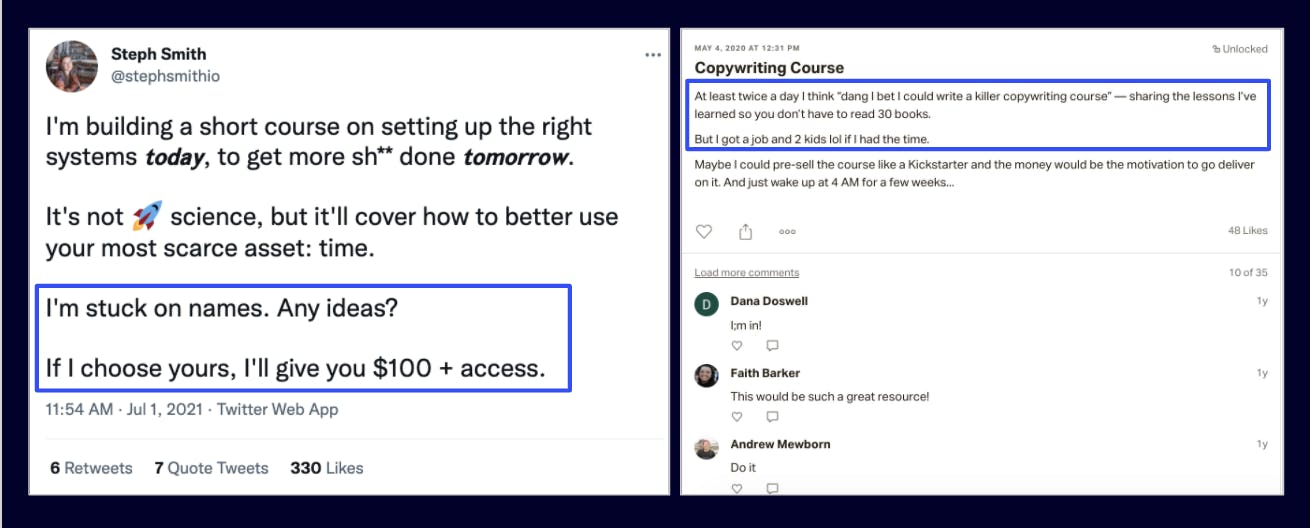
7. Back everything up with social proof
Tip:

The Pre-Launch Loop:
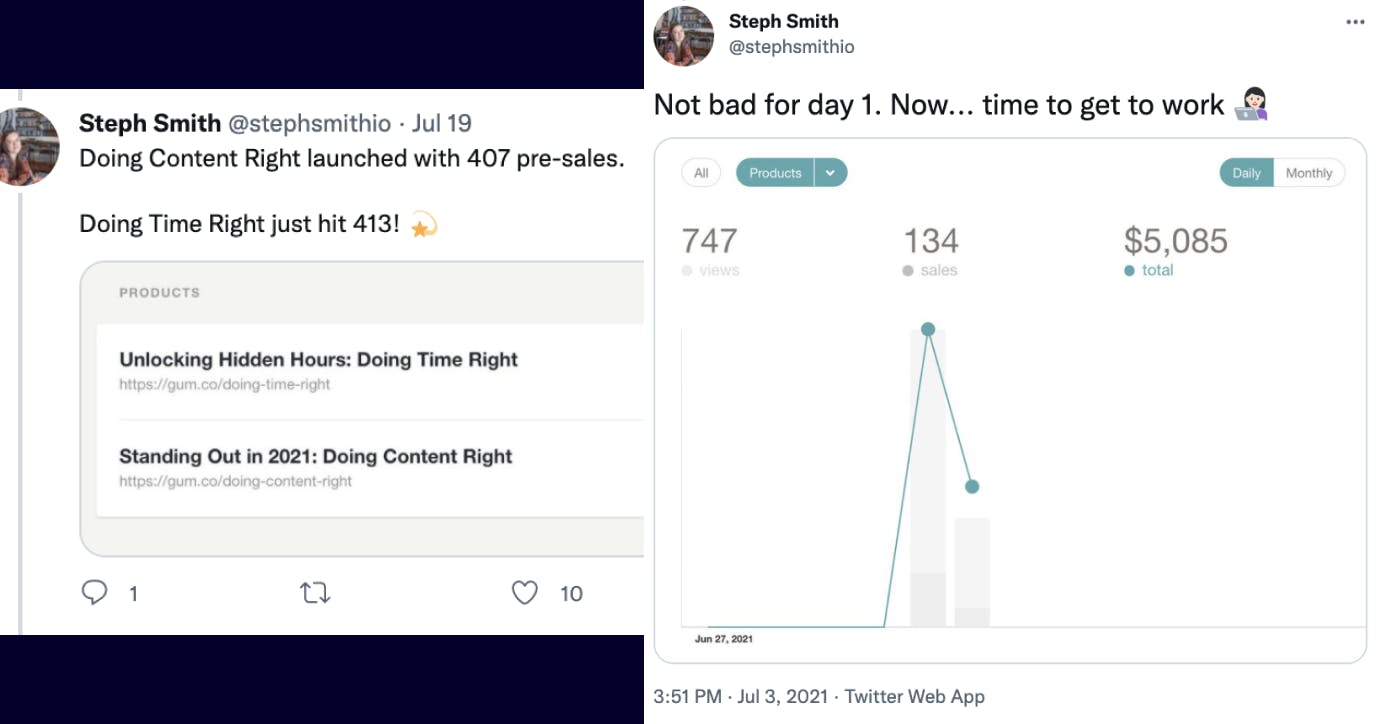
Examples:
Advocate Loop:

Showing the real-thing is everything.
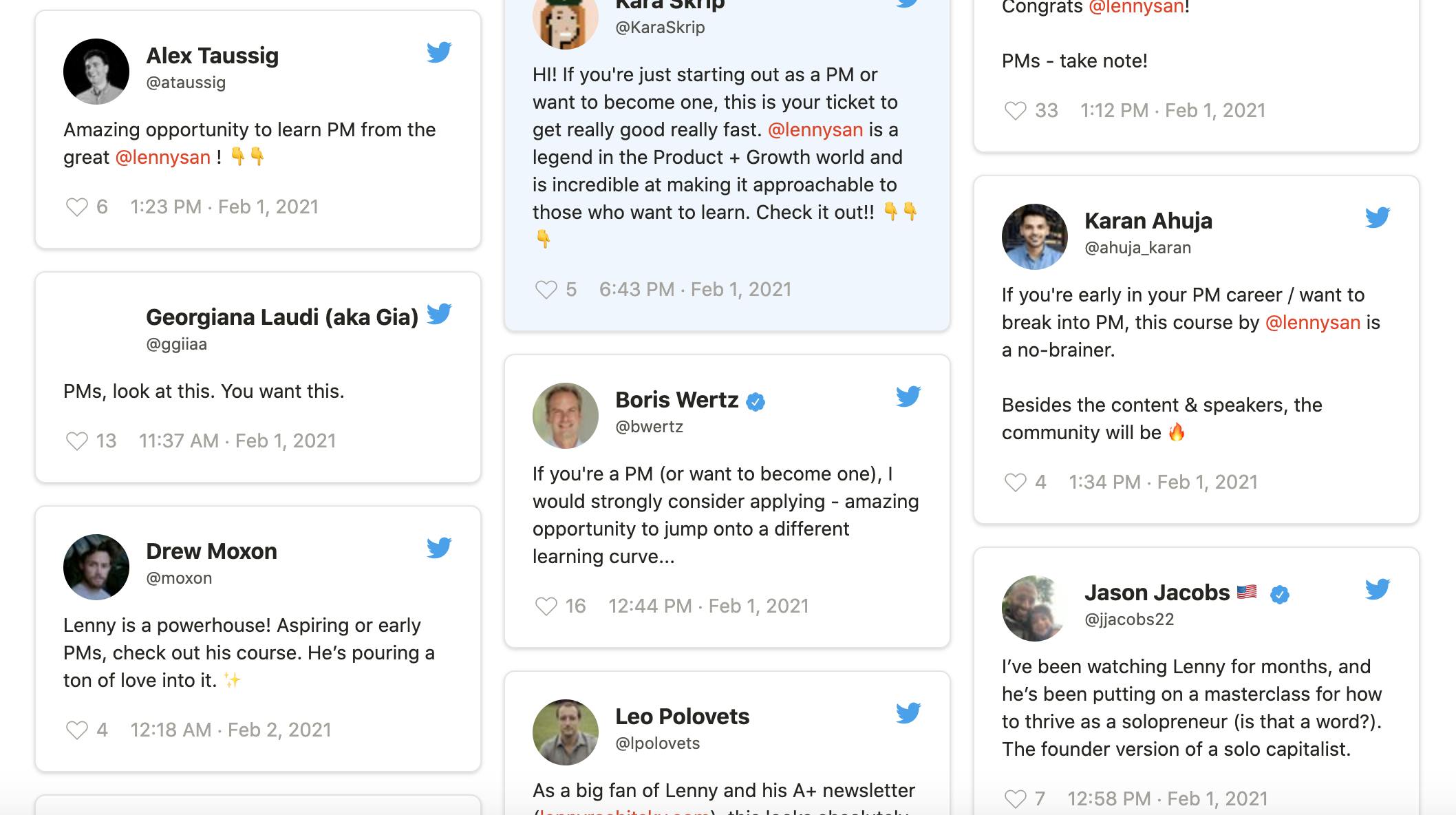
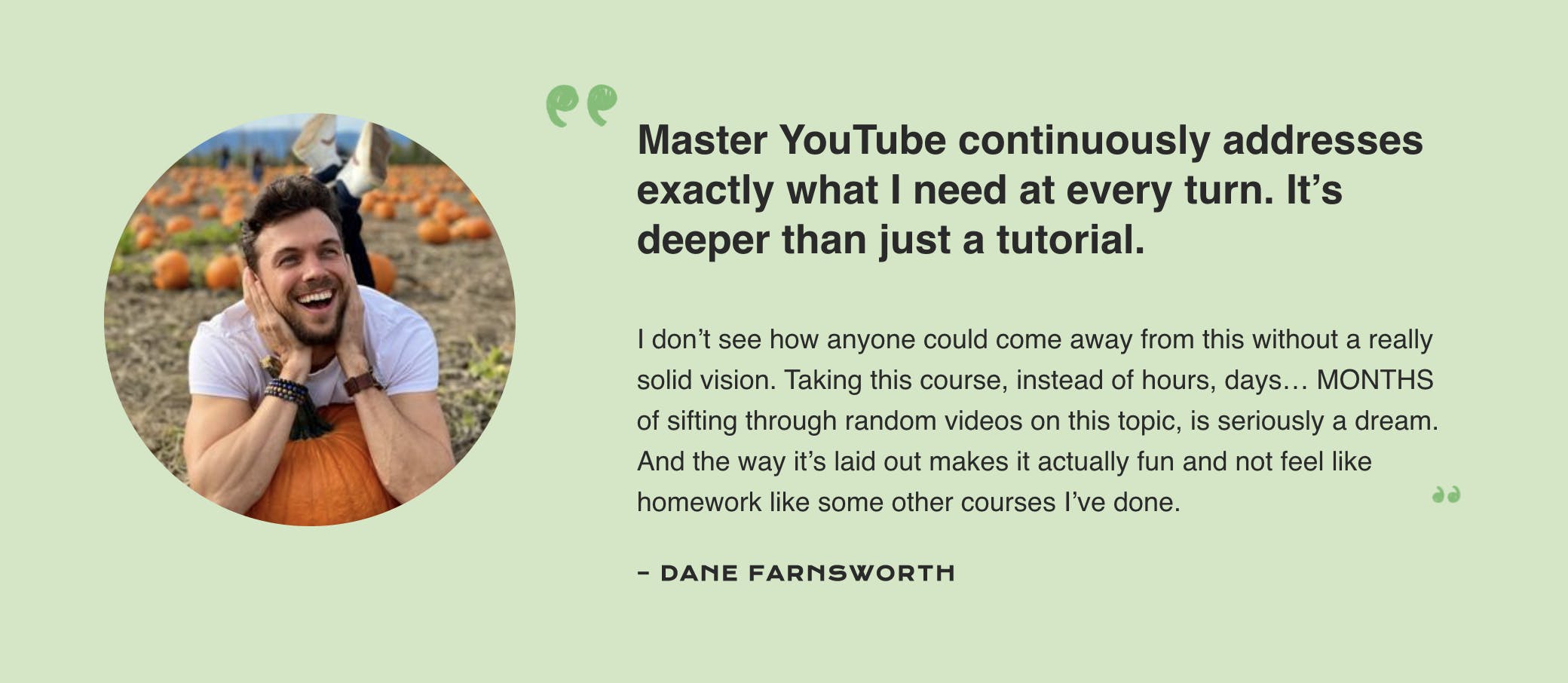



8. Building in Public
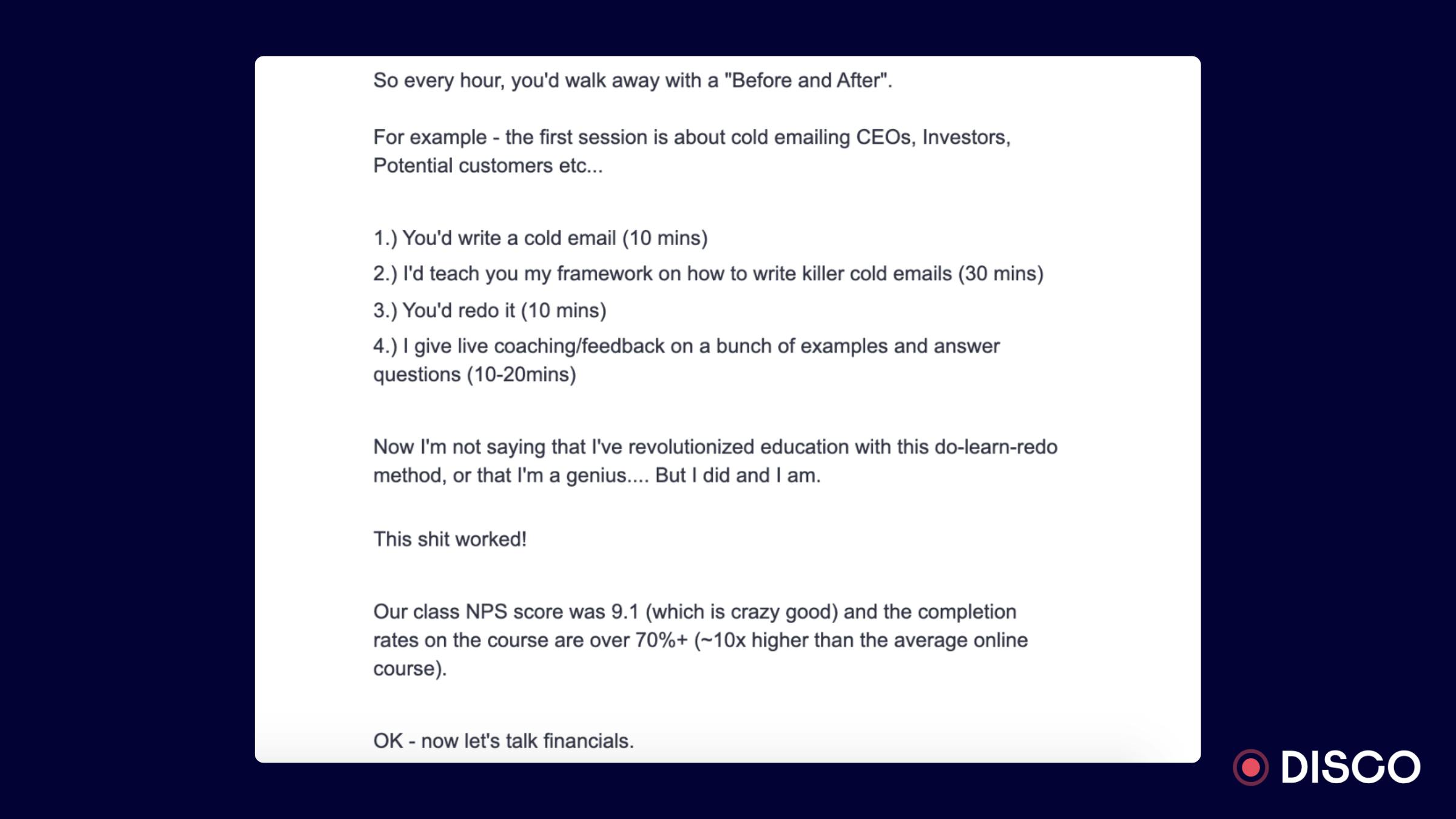
Resources:
9. Leverage the "Association Principle"

10. Use events and content as magnets
Think about how you can create hundreds of opportunities for discovery vs. just 1 ‘big’ one
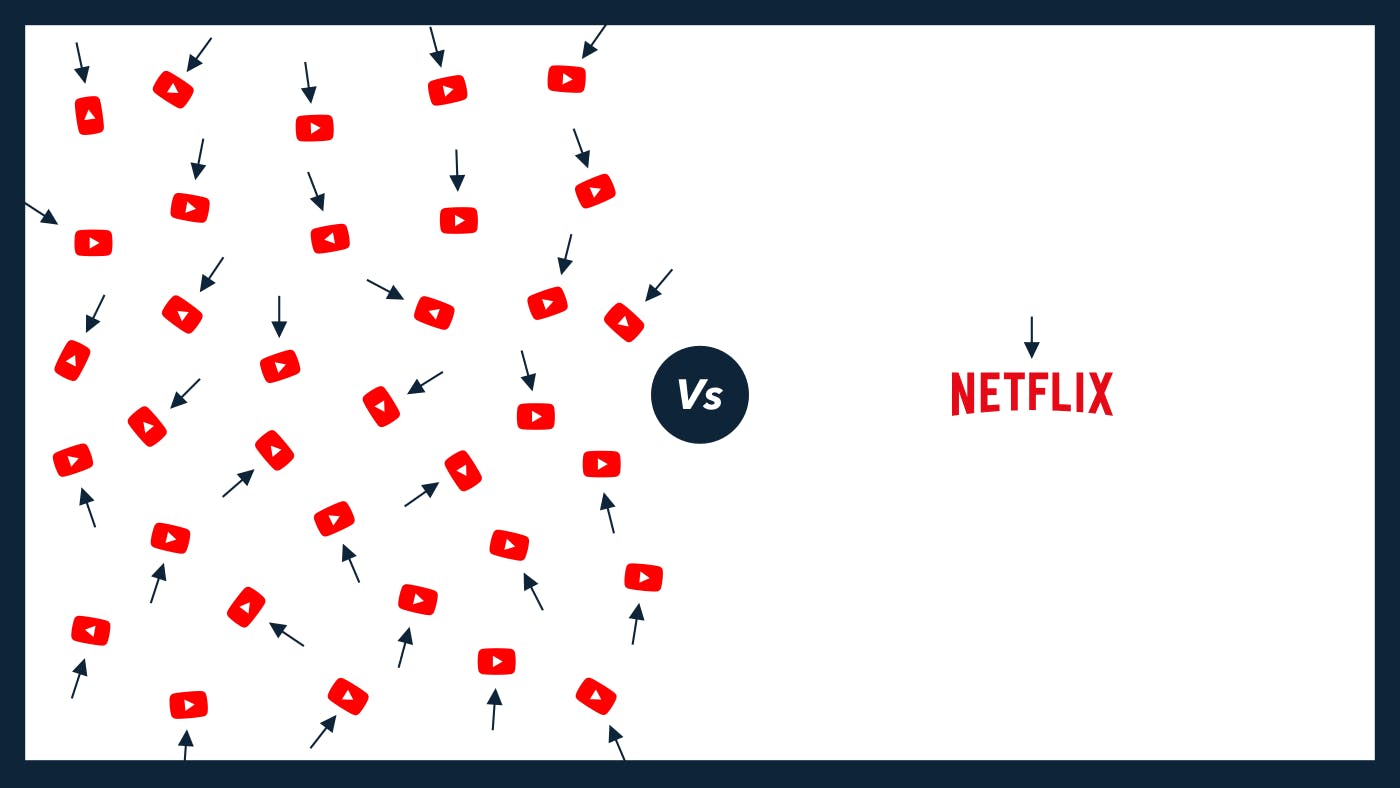
Webinars and livestreams:
Event ideas:
11. Create a simple referral program
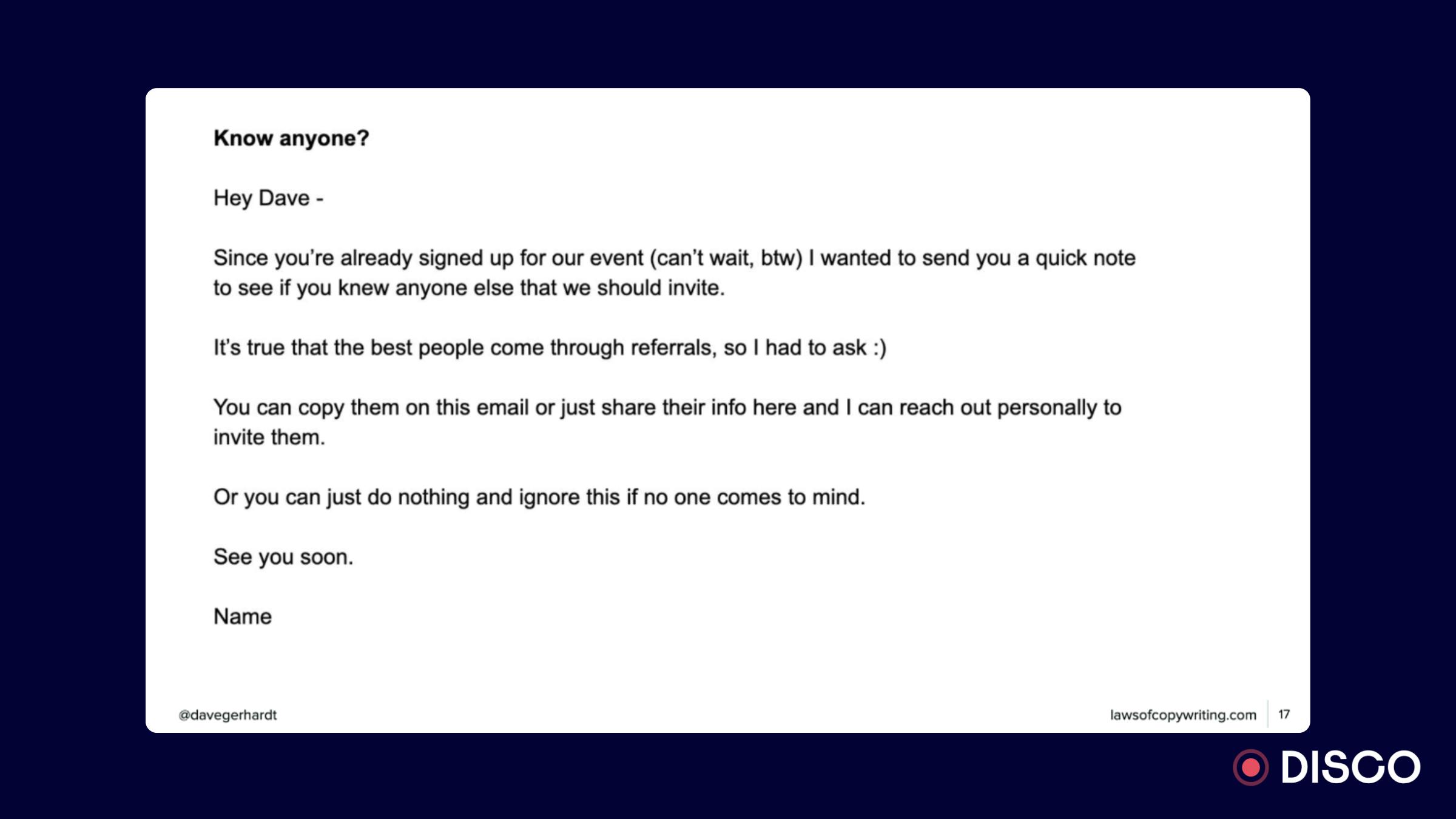
12. After your launch:
Podcasts, articles and case studies
Want to print your doc?
This is not the way.
This is not the way.

Try clicking the ⋯ next to your doc name or using a keyboard shortcut (
CtrlP
) instead.